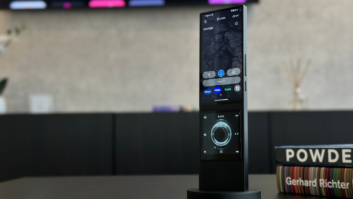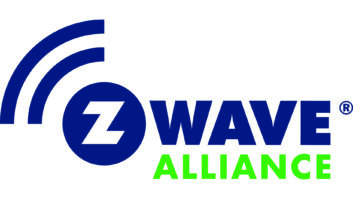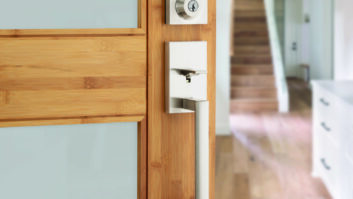Internet Home Alliance (IHA), a cross-industry network of companies studying connected home technology, is hosting a new study called Laundry Time to determine how effectively a connected-home solution can simplify the process of doing laundry.
The eight-week study, which runs though early September in selected Atlanta homes, is also designed to gauge consumer attitudes toward remote access technology.
Specifically, Laundry Time links participants’ washers and dryers to their home networks via the Internet, and sends text messages about their laundry’s status to a computer, TV and/or mobile phone. The technology is intended to help customers manage the laundry process remotely by allowing them to perform functions like turning an appliance on and off or adding time to a dryer cycle without having to be in the laundry room or even at home.
Partner companies supporting the effort include Whirlpool, AT&T/Cingular, Hewlett-Packard, Microsoft, Panasonic and Procter & Gamble, each of which are providing products and services for the project.
While some connected home technologies have made it to market, none have successfully entered the mainstream, explained Carol Priefert, senior product development manager at Whirlpool. “The product that is currently out there is not meeting [the consumers’] needs, that’s why they’re not selling like they could be,” she told TWICE. The technology, as it stands, has likely “reached its mass for early adopters,” she noted, and “most consumers don’t see it as relevant to them.”
Priefert said Whirlpool decided to participate in the study because laundry represents a major chunk of its business, and the company is interested in developing a connected laundry product that mainstream consumers will find relevant to their lives. That represents a formidable challenge, as the typical Whirlpool customer tends not to be an early adopter of technology, she explained. “They just want to plug it in and have it work.”
Priefert said the study is serving to identify the points in the network that still need work before launching the technology into the mass market. One of the hurdles is related to the practicality of incorporating mobile phone text messaging into the network. She said the idea of sending text messages to cell phones has been well-received by test customers, but it has posed a technical challenge because of the regional nature of mobile service. Whirlpool would need to offer a nationally-standardized technology that would work universally with all mobile carriers, she said.
“We can’t get it stabilized in the field yet,” Priefert conceded, although “when it’s working consumers really like it because the interface pushes the information out to them and they don’t have to click into it.” Priefert said that this idea of a push-medium has been very important to the consumers they’ve spoken with. “Consumers say they want information pushed out to them in a non-intrusive manner,” she said.
The Laundry Time technology was first tested in concept form in May 2004 when the IHA launched a general research study to asses the appeal of notification for a variety of events in and around the home. The Alliance also led the Mealtime pilot, a similar study that tested how a connected kitchen can simplify meal preparation.
It is hoped that Laundry Time will lead to a standardized connectivity platform and will help participating companies and other manufacturers produce more effective connected home products that better meet the needs of consumers. Results of the study will be available to IHA members this fall and to the public next spring.













